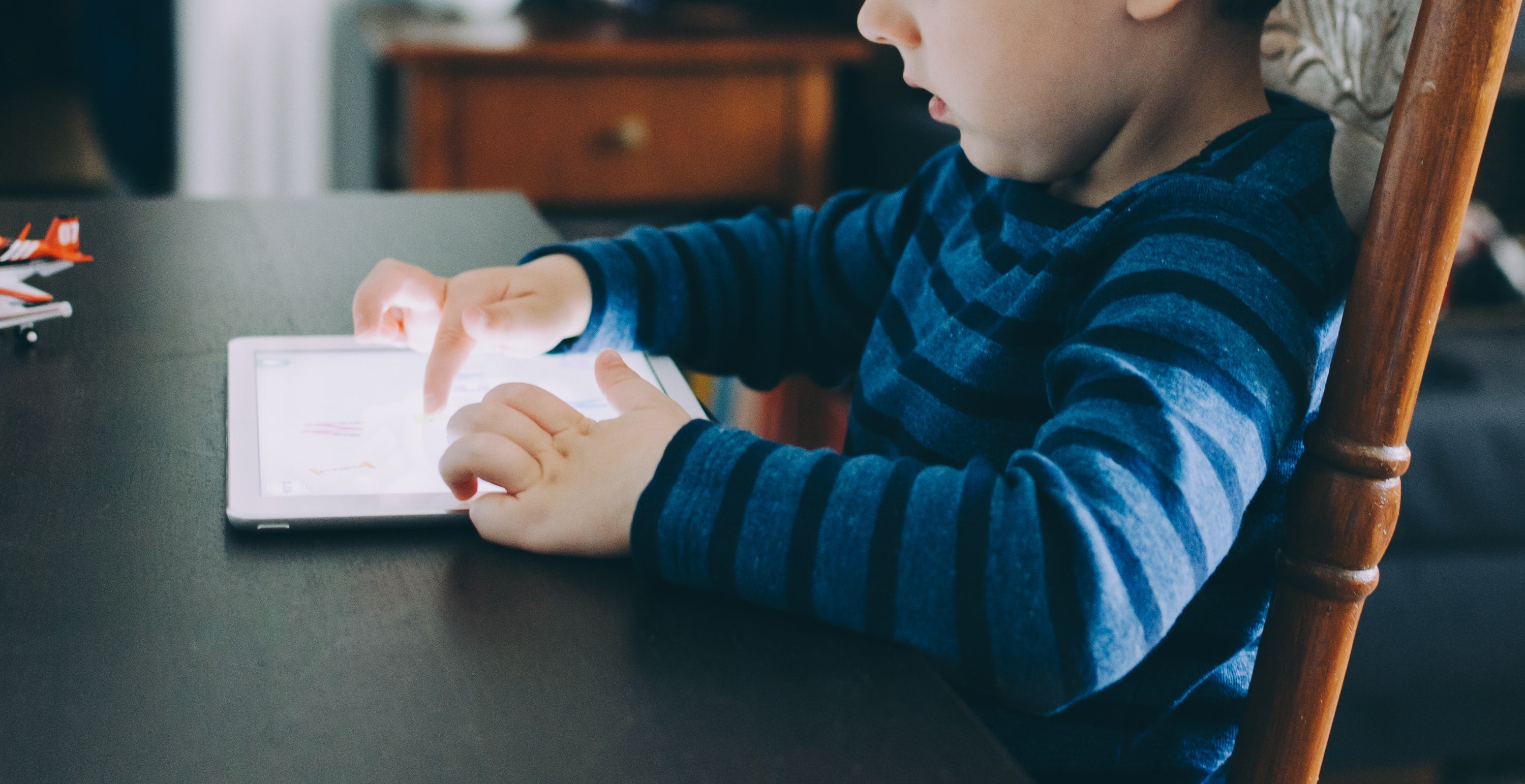5 Tips to Working from Home with a Toddler

To be a parent is to be a super parent, but if during a global crisis you’re working from home and caring for a child, specifically a young one — I’m thinking there should be a very special and unique title for you. Superhero? Mythical Legend? Impossible Human?
Caring for a toddler is already an adventure. They touch everything, putting anything they find in their mouths, and for whatever reason they just love ledges and cabinet corners and moving towards all the things that could hurt them. They’re endlessly curious, and will never shy away from expressing their feelings.
Keeping them entertained and engaged on a regular day, when there’s no pandemic or quarantine, is challenging enough. What happens if you need to get work done too?
Keeping them engaged so you can get some work done requires a bit of planning. Kai-leé Berke, Senior Advisor with Promise Venture Studio, former CEO of Teaching Strategies, and mother of two, has tips.
- Shorten scheduling timeframes. Think of scheduling time in 15-30 min intervals depending on the age and development of your child. This will take some experimentation. Your child may be able to attend to some experiences longer than others. Make sure to note what the more engaging ones are; you’ll want to be able to draw on those for a longer conference call or video meeting.
- Be active before you need quiet. Engage your child in an active experience before you settle them in with a toy next to you by your desk. Balancing active and quiet periods is particularly important for toddlers who often have boundless energy! Use a toddler version of Simon Says to pretend to be: tigers roaring and prowling; drummers in a marching band; or birds soaring over the ocean. Or you can make up movement lyrics to Row, Row, Row Your Boat (i.e., “Bounce, bounce, bounce around. Bounce around the room. Bouncing, bouncing, bouncing, bouncing. Bounce around the room.”)
- Give undivided attention. At the end of the movement experience, sit with your child for a couple of minutes to get them engaged in play before you get back to work. Giving a few minutes of undivided attention goes a long way in helping your child to feel connected to you.
- Provide engaging play experiences that don’t require your intervention. Some of the very best playthings for toddlers and twos are simply common objects and natural materials that children can explore safely. Large plastic containers and tops, cardboard boxes, crinkly tissue paper, wooden and plastic kitchen utensils, pinecones, leaves, and shells appeal to young children as much as many toys you can buy (and sometimes even more). Any object that young children can explore, put together, take apart, push or pull, stack, or bang becomes a toy in a young child’s hands. Young toddlers are particularly interested in exploring cause and effect—filling and dumping, hiding and uncovering, and stacking and knocking down.
- Notice what they are doing. While they are playing near you, occasionally comment on what they’re doing by describing what you see. “You put all the animals into the box and put the top on.” “You filled it up and dumped it out.” Simply noticing what a child is doing during play can help them to sustain their attention on the task for a bit longer.



